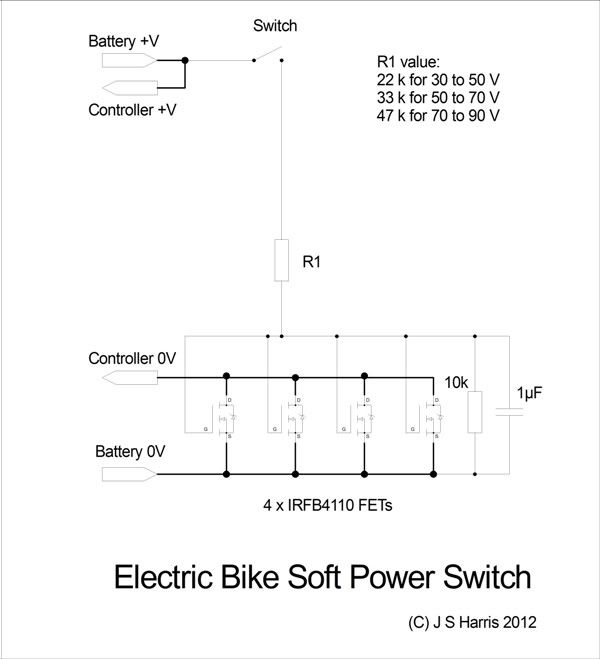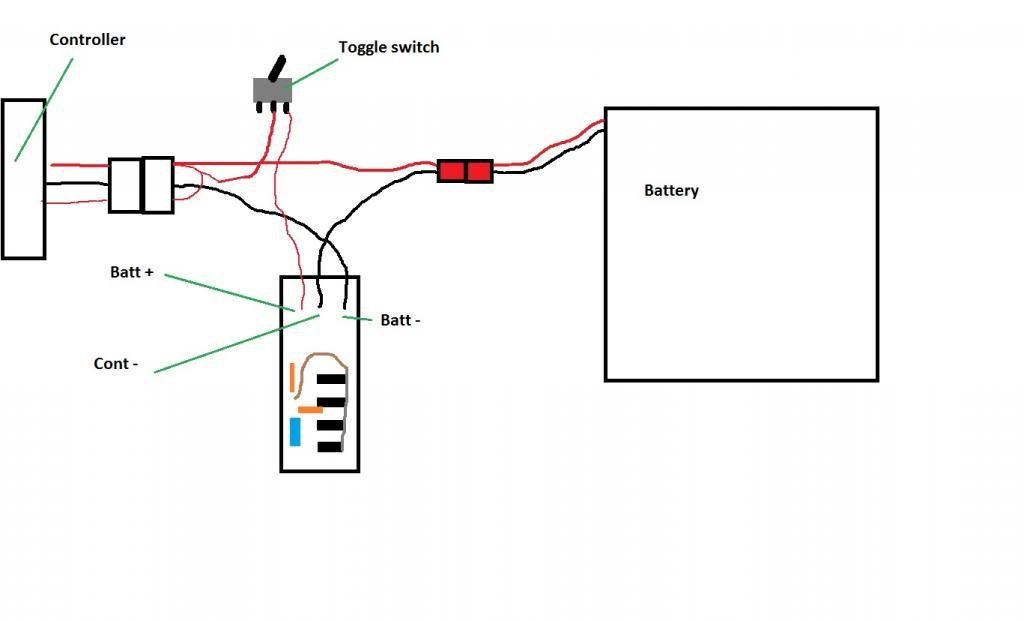What could be causing this:
When cycling the display initially shows full battery charge (41.5V, the battery has been charged earlier in the day), initially all seems normal, assisting as it should.
Then the assist stops, display remains on, but the display suddenly shows anything between 33v and 23v.
Power off and restart sometimes fixes it.
Removing the battery and plugging it back in fixes it.
Sometimes, on cut out, the display slowly creeps back up to normal operating range (above 37v) and the assist kicks back in.
Sometimes the assist kicks in when the display is showing less than 25v.
Pressing the charge indicator on the battery itself shows 4/4 lights i.e. close to full.
Reading the battery terminals with a multimeter when home shows 37.8v after intermittent ride home.
I'll check the battery again when it is hot off the charger, I suspect it will be fine as I checked it last weekend and it read 41.7v.
When cycling the display initially shows full battery charge (41.5V, the battery has been charged earlier in the day), initially all seems normal, assisting as it should.
Then the assist stops, display remains on, but the display suddenly shows anything between 33v and 23v.
Power off and restart sometimes fixes it.
Removing the battery and plugging it back in fixes it.
Sometimes, on cut out, the display slowly creeps back up to normal operating range (above 37v) and the assist kicks back in.
Sometimes the assist kicks in when the display is showing less than 25v.
Pressing the charge indicator on the battery itself shows 4/4 lights i.e. close to full.
Reading the battery terminals with a multimeter when home shows 37.8v after intermittent ride home.
I'll check the battery again when it is hot off the charger, I suspect it will be fine as I checked it last weekend and it read 41.7v.








